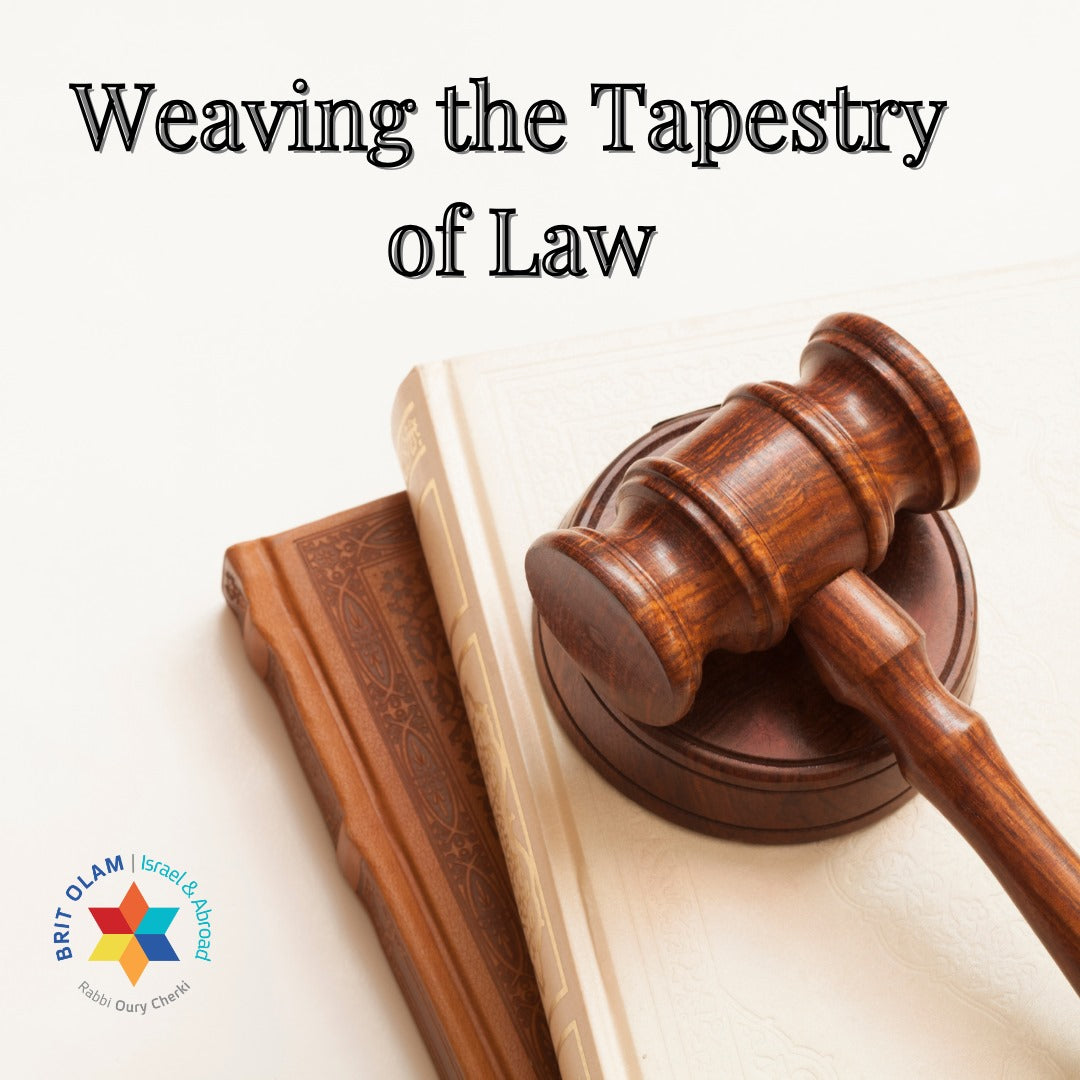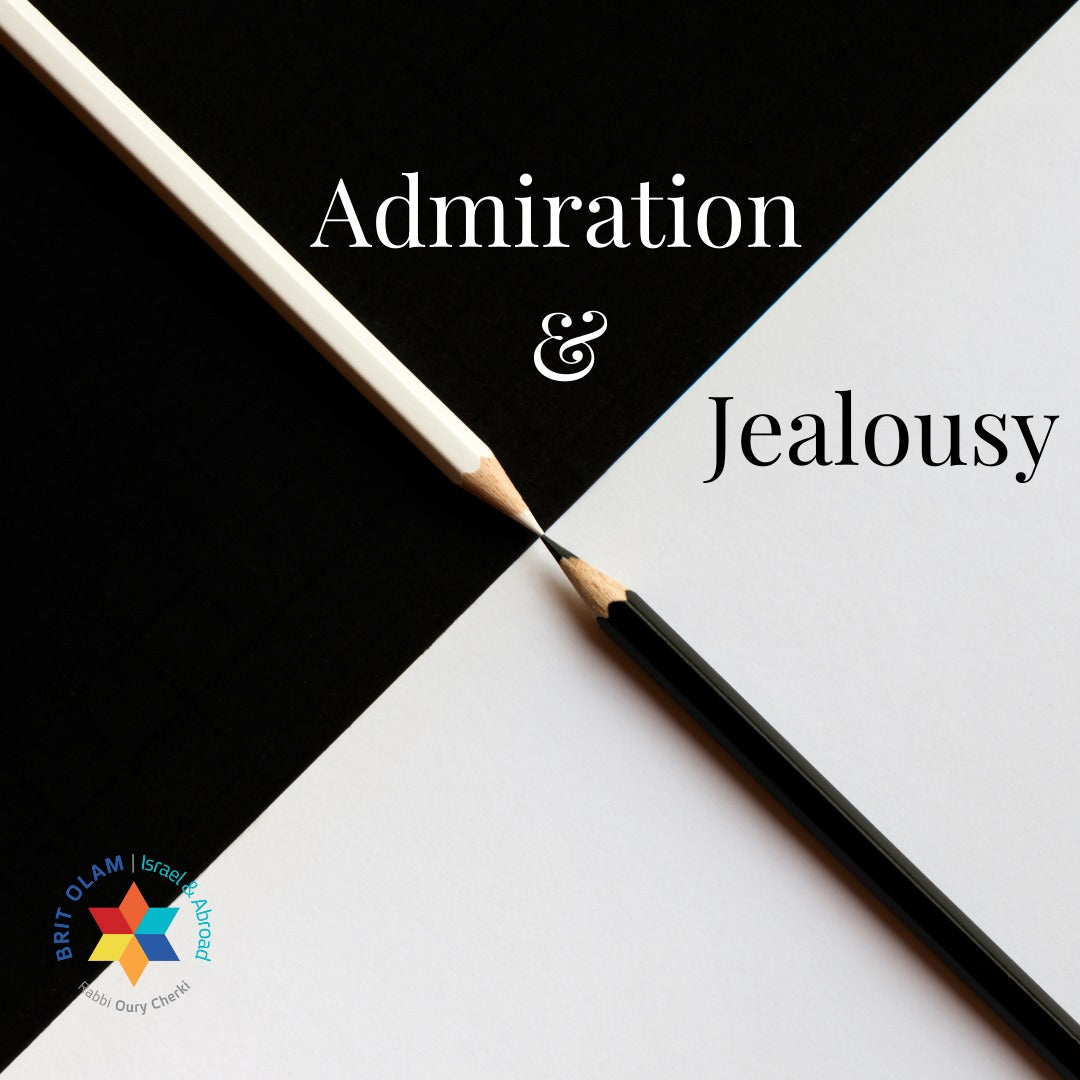We are approaching Rosh Hashanah, the beginning of the Hebrew calendar year. Surprisingly, it falls in the middle of the year!
Since according to the Torah, the month of Tishrei, in which Rosh Hashanah falls, is called the seventh month.
But if so, it is actually in the middle of the year and not the beginning!? Therefore, from this we understand that the year can begin twice- at the beginning of the first month, called Nissan in the spring, and at the beginning of the seventh month, Tishri in the autumn. These 2 ‘beginnings’ represent 2 different concepts of time.
Let us consider the autumn. It is a time of withering and decay in nature and could lead to a pessimistic view of the world. The world seems to be aging and deteriorating. On the other hand, spring is an optimistic time.The world appears to come alive once more. Nature rebuilds itself and life flourishes anew. In parallel we can observe that there are two processes within the world: one of continuous regeneration and the other of constant decay.
What does the Hebrew year do? It gives meaning to both- the time of decay and to the period of regeneration. Actually, the year never ends. It begins in Nissan, the month of spring, and when 6 months have passed, the year recommences on Rosh Hashanah. Since the Hebrew calendar has two beginnings of the year, we are always at the beginning of the year and never at the end. Our belief is that the period of decay in the world is also part of its regeneration!
We and the whole world are constantly renewed on Rosh Hashanah. We are led to understand that our outlook on history is an optimistic one.since the processes that occur in the fall- decay and deterioration, are part of the more extensive process of construction and renewal.
Wishing a blessed good year for Israel and the entire world !"



